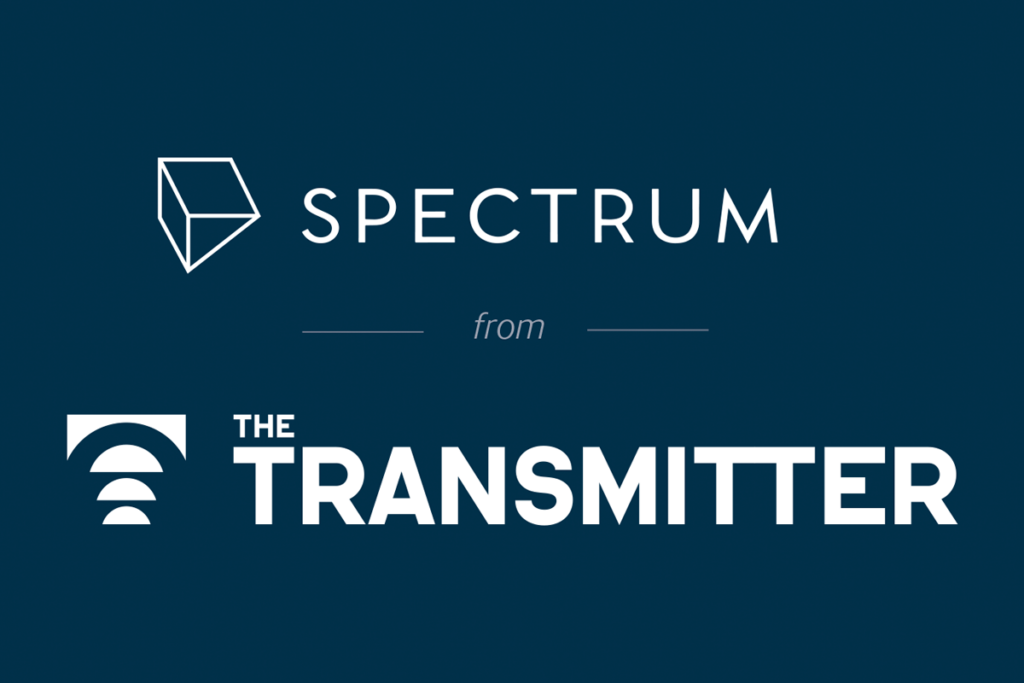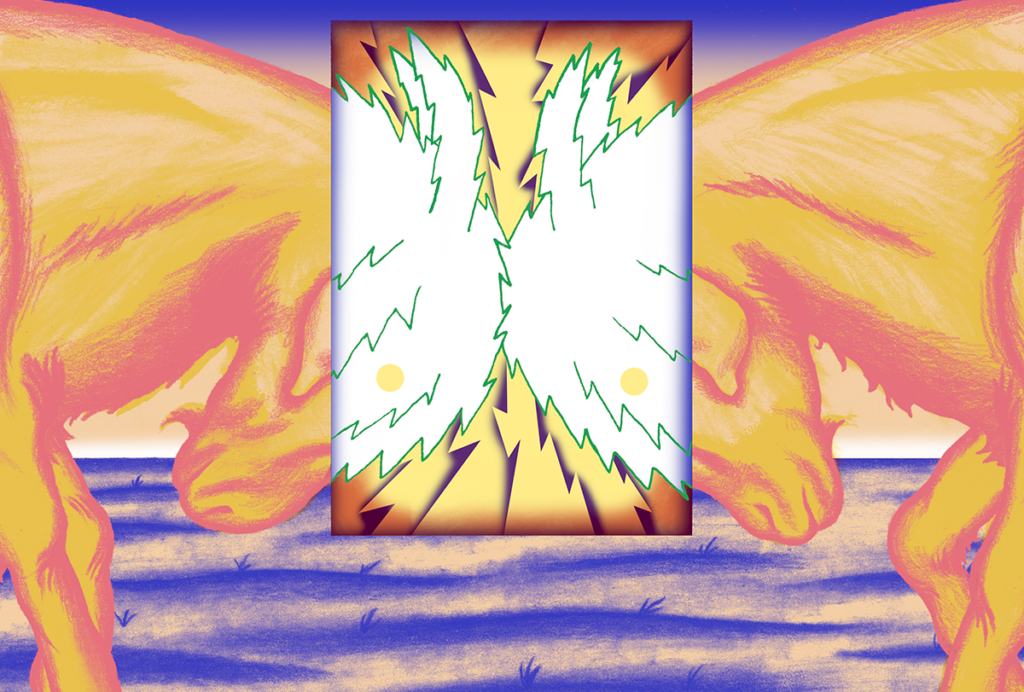Michele Solis is a freelance writer based in Seattle, Washington.
Michele Solis
Freelance Writer
SFARI
From this contributor
Molecular mechanisms: Autism protein connects neurons
An autism-linked protein called CASPR2 promotes the development of dendrites, the bushy structures atop neurons that receive signals from other neurons, according to a study published 30 October in Proceedings of the National Academy of Sciences. Lowering CASPR2 levels leads to sparse dendrites and few synapses, the junctions between neurons.

Molecular mechanisms: Autism protein connects neurons
Molecular mechanisms: Stress pathway dysregulated in autism
Two studies report abnormalities in the system that mediates the body’s response to stress in two mouse models of autism-related diseases: Angelman syndrome and Rett syndrome. The results were published in the April issue of Human Molecular Genetics.

Molecular mechanisms: Stress pathway dysregulated in autism
Molecular mechanisms: Autism gene tied to neuronal wiring
An autism-linked protein helps wire neurons together, according to two studies published in late September.

Molecular mechanisms: Autism gene tied to neuronal wiring
Molecular mechanisms: MeCP2 loss ups signal strength
A study using action potentials, the electrical impulses that trigger signaling, shows that neurons lacking MeCP2, the Rett syndrome protein, have stronger neuronal signals compared with controls, according to a study published in the July Journal of Neurophysiology.

Molecular mechanisms: MeCP2 loss ups signal strength
Molecular mechanisms: Neuroligin-4 induces synapses in a dish
Neuroligin-4, a protein associated with autism, is located at synapses — the junctions between neurons — that inhibit signals in the brain, according to a study published in February in the Proceedings of the National Academy of Sciences. The protein can also single-handedly induce neurons derived from human stem cells to form synapses, according to another study in the same issue.

Molecular mechanisms: Neuroligin-4 induces synapses in a dish
Explore more from The Transmitter
Cracking the neural code for emotional states
Rather than act as a simple switchboard for innate behaviors, the hypothalamus encodes an animal's internal state, which influences behavior.

Cracking the neural code for emotional states
Rather than act as a simple switchboard for innate behaviors, the hypothalamus encodes an animal's internal state, which influences behavior.
Alex Maier argues that a scientific explanation of consciousness requires grounding in formalized mathematics
When it comes to discovering laws of nature for consciousness similar to those in physics, Maier argues that integrated information theory is the only game in town.
Alex Maier argues that a scientific explanation of consciousness requires grounding in formalized mathematics
When it comes to discovering laws of nature for consciousness similar to those in physics, Maier argues that integrated information theory is the only game in town.
Neuro’s ark: How goats can model neurodegeneration
Since debunking an urban legend that headbutting animals don’t damage their brain, Nicole Ackermans has been investigating how the behavior correlates with neurodegeneration.

Neuro’s ark: How goats can model neurodegeneration
Since debunking an urban legend that headbutting animals don’t damage their brain, Nicole Ackermans has been investigating how the behavior correlates with neurodegeneration.